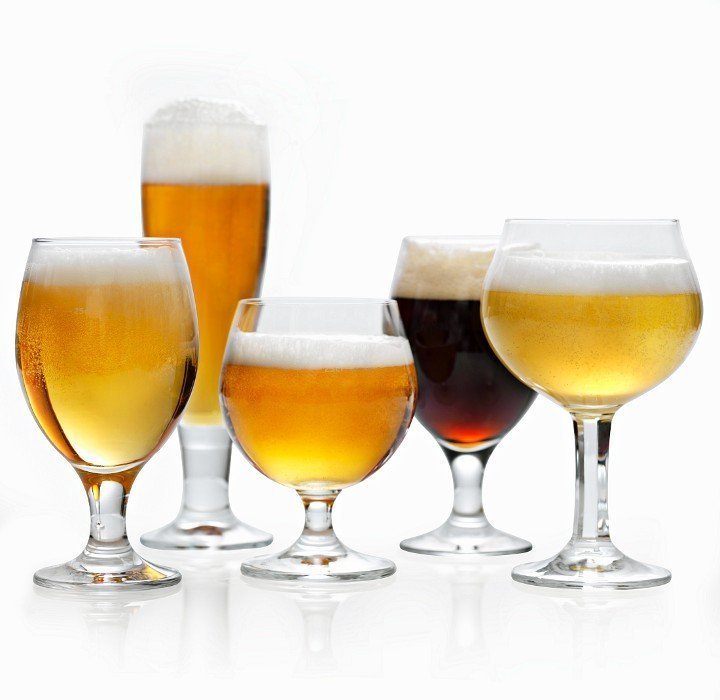We could start by mentioning a simple fact that relates to the result directly, the final product. Craft beer is real beer, not mere refreshment; its quality is notably higher. Nobody questions the fact that people prefer industrial beer, but there is a need to clarify the distinction between the two.
There are two determining factors that will define a craft beer. The first involves the ingredients used in the process and the second is the scale of production.
Four ingredients are involved in the production of craft beer: malted cereals (almost always barley, but many other times wheat and even rye or oats) water, hop and yeast. This is how it is and how labels of craft beer read. The process usually respects the fermentation timeline and its objective is to attain a quality product.
However, the purpose is not to criticise industrial beer but to differentiate it from craft beer. The beer industry uses ingredients called adjuncts that are used to cut costs and to add body, foam, smell, colour, taste and stability to the resulting drink.
It is worth mentioning too that manufacturing capacity, which is usually measured in gallons or hectolitres depending on the country, determines if a beer is of industrial or craft production. In the case of microbreweries the production volume is usually local and therefore small. The production threshold is linked to the country of origin; consequently it is different for a US microbrewery (up to 40,000 imperial gallons) than for a brewery in Spain or Italy.
Another third element that could ultimately influence the production is where the money is coming from. In the US, a leading craft beer-producing country, large beer companies cannot own more than 25% of a microbrewery.

